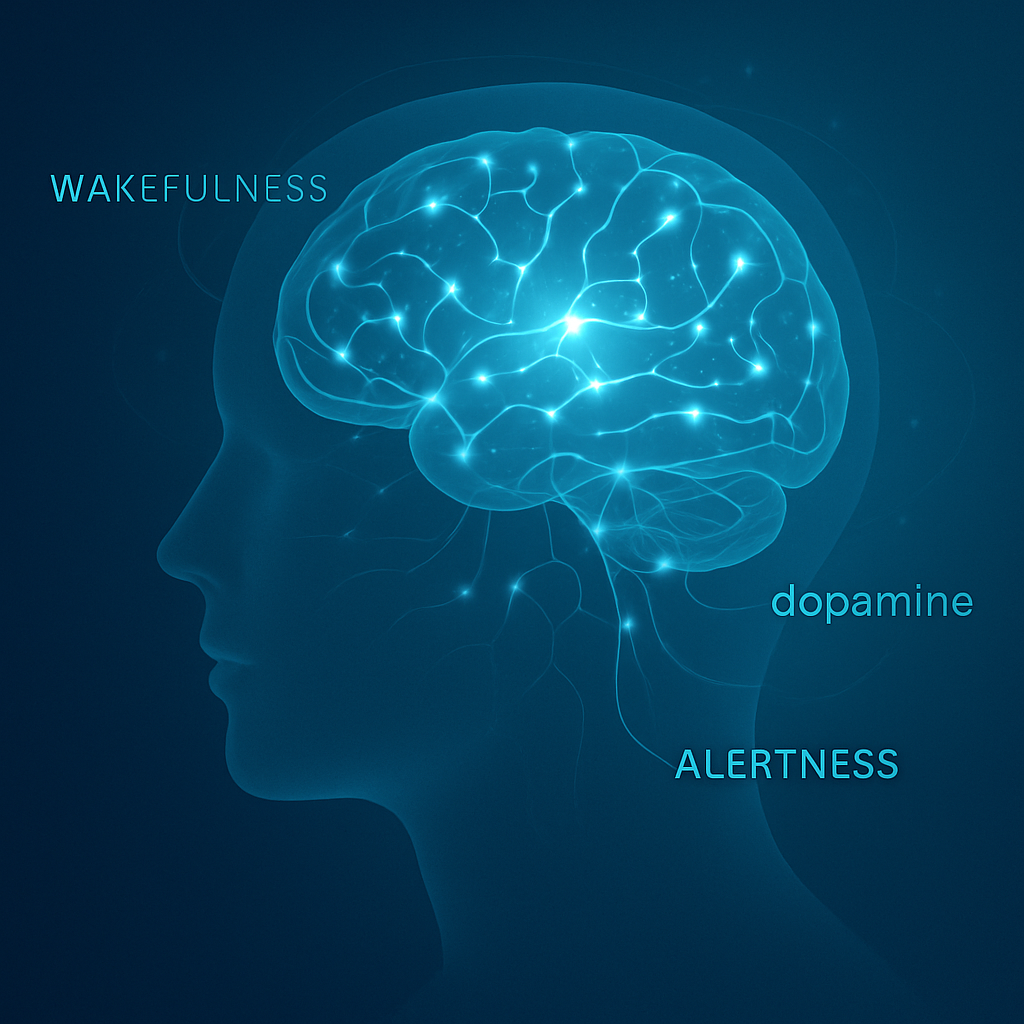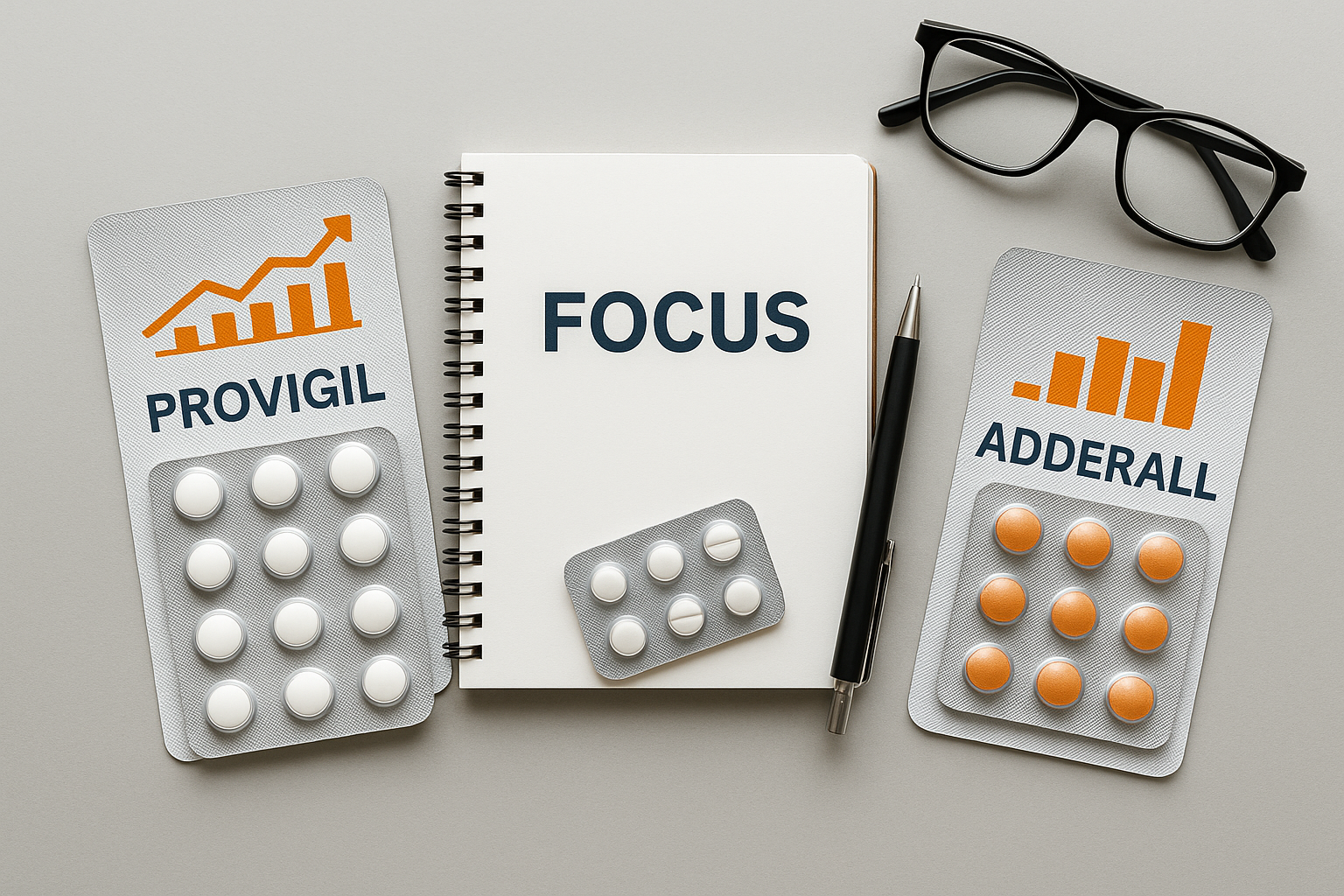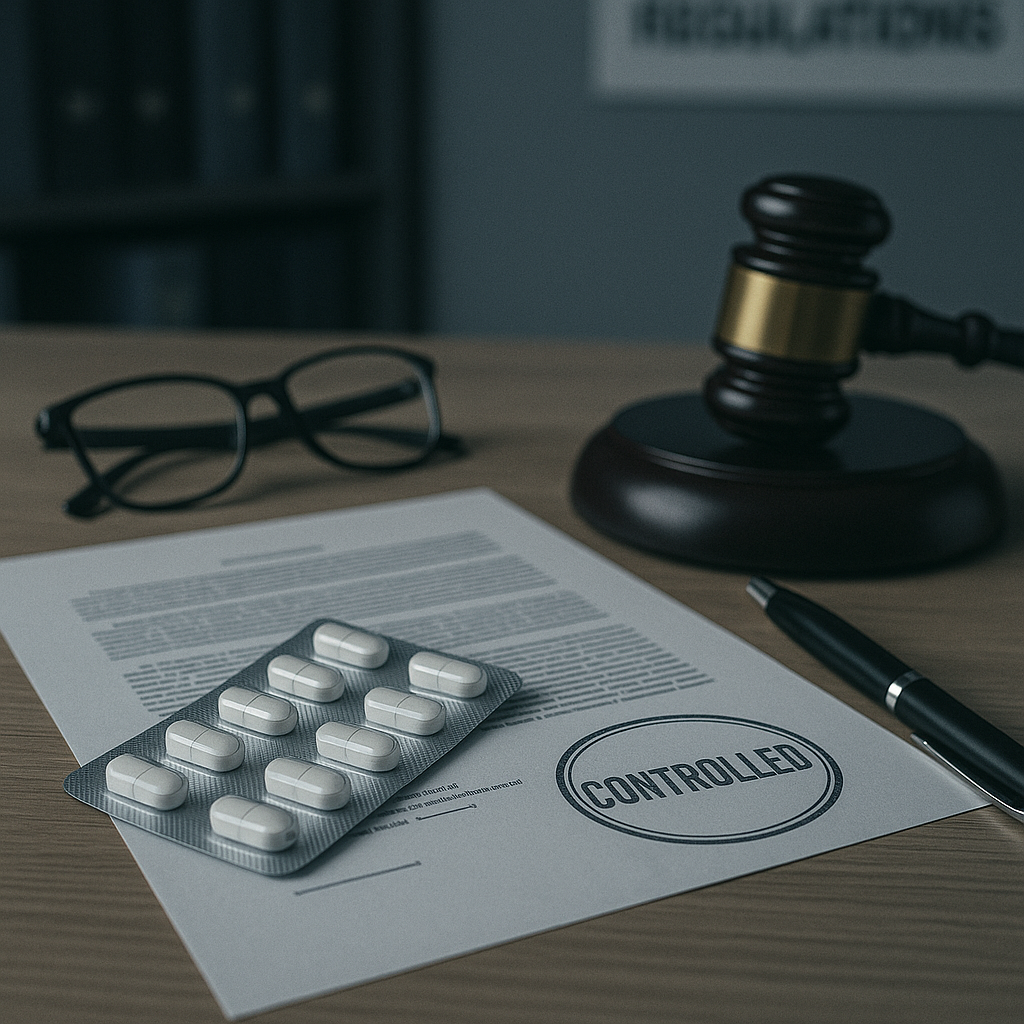Provigil (modafinil) is known for helping people stay awake, sharp, and functional — whether it’s treating narcolepsy, shift work disorder, or helping manage fatigue from other conditions. For many, it’s a game-changer.
But what if you’re not just taking it for a few days or weeks — what if you’re taking it every day, long term?
That’s the real question. What does long-term use of Provigil look like, and are there risks you should know about?
🧠 First: Why People Stay on It Long Term
Modafinil isn’t a quick-fix medication. It’s often prescribed for chronic conditions — like narcolepsy or excessive sleepiness from sleep apnea — where symptoms don’t just go away.
In some cases, people also use it off-label for cognitive enhancement or to manage fatigue in conditions like multiple sclerosis or depression-related exhaustion.
If you’re taking it daily, you’re not alone.
🕐 What We Know About Long-Term Effects
✅ Generally Well Tolerated
Many patients take modafinil for years without major issues. It doesn’t appear to cause organ damage, and it has a much lower risk of addiction compared to traditional stimulants.
✅ No Known Tolerance Build-Up for Most
Unlike caffeine or amphetamines, most users don’t develop a need to increase their dose over time. The same 100–200 mg often works for years — which is rare in this drug category.
⚠️ Mild Side Effects Can Persist
- Chronic headaches
- Nervousness or anxiety
- Dry mouth
- Trouble sleeping (especially if taken late)
🩺 Are There Any Serious Concerns?
1. Cardiovascular Health
Modafinil can slightly raise blood pressure and heart rate. For most healthy people, this isn’t a problem. But if you have hypertension or heart conditions, regular check-ins are important.
2. Mood and Mental Health
In rare cases, long-term users have reported mood swings, irritability, or increased anxiety. This is more likely in people with a personal or family history of mental health issues.
3. Sleep Architecture
Because modafinil keeps you awake, it can disrupt your sleep patterns if misused. Long-term use without addressing underlying sleep disorders (like apnea) can lead to sleep debt, even if you feel alert.
🧬 What About Dependence?
While Provigil is not physically addictive in the traditional sense, psychological dependence is possible — especially if you start to feel like you can’t function without it.
📝 Tips for Safe Long-Term Use
- ✅ Use the lowest effective dose
- ✅ Take it early in the day to avoid insomnia
- ✅ Monitor blood pressure periodically
- ✅ Stay hydrated (modafinil can suppress thirst)
- ✅ Take occasional “drug holidays” if your doctor agrees
- ✅ Pay attention to your mood and energy fluctuations
🧾 Final Thought
What does long-term use of Provigil really look like?
For most people, it’s a stable and effective way to stay awake, clear-headed, and capable in the face of sleep disorders or chronic fatigue. While more long-term data would be helpful, current research — and years of patient experience — suggest it’s safe when used responsibly.
Still, it’s not a “set it and forget it” drug. Check in with your body. Check in with your doctor. And make sure it’s still serving your health, not just your schedule.






